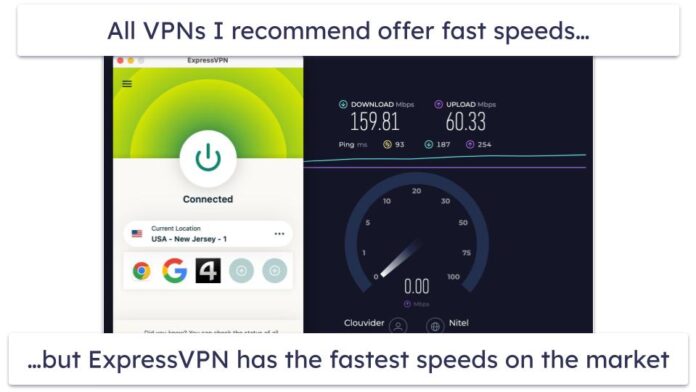D3.js is a JavaScript library for producing dynamic, interactive data visualizations in web browsers. It makes use of Scalable Vector Graphics, HTML5, and Cascading Style Sheets standards. The geoLaskowski() function in d3.js is used to draw The Laskowski tri-optimal projection which simultaneously minimizes distance, angular, and areal distortion.
Syntax:
d3.geoLaskowski()
Parameters: This method does not accept any parameters.
Returns: This method creates The Laskowski projection from given json data.
Example #1: The following example draws geoLaskowski projection of world with center at (0, 0) and 0 rotation.
<!DOCTYPE html> <html lang="en"> <head> <meta charset="UTF-8" /> <meta name="viewport" content="width=device-width, initial-scale=1.0" /> </head> <body> <div style="width: 700px; height: 500px;"> <center> <h3 style="color: black;"></h3> </center> <svg width="600" height="450"></svg> </div> <script src= </script> <script> var svg = d3.select("svg"), width = +svg.attr("width"), height = +svg.attr("height"); // Laskowski projection // Center(0, 0) with 0 rotation var gfg = d3 .geoLaskowski() .scale(width / 2.0 / Math.PI) .rotate([0, 0]) .center([0, 0]) .translate([width / 2, height / 2]); // Loading the json data // Used json file stored at /datageojson/master/world.json*/ d3.json( function (data) { // Drawing the map svg.append("g").selectAll( "path").data(data.features).enter().append( "path").attr("fill", "black").attr( "d", d3.geoPath().projection(gfg)).style( "stroke", "#ffff"); }); </script> </body> </html> |
Output:

Laskowski projection of World with no rotation and centered at (0, 0)
Example #2: The following example draws Laskowski projection of world after altering the center and rotation.
<!DOCTYPE html> <html lang="en"> <head> <meta charset="UTF-8" /> <meta name="viewport" content="width=device-width, initial-scale=1.0" /> </head> <body> <div style="width: 700px; height: 600px;"> <center> <h3 style="color: black;"></h3> </center> <svg width="500" height="450"></svg> </div> <script src= </script> <script> var svg = d3.select("svg"), width = +svg.attr("width"), height = +svg.attr("height"); // Laskowski projection /* Center(0, 20) and 60 degree rotation w.r.t Y axis*/ var gfg = d3 .geoLaskowski() .scale(width / 2.0 / Math.PI) .rotate([60, 0]) .center([0, 20]) .translate([width / 2, height / 2]); // Loading the json data // Used json file stored at /datageojson/master/world.json*/ d3.json( function (data) { // Draw the map svg.append("g").selectAll( "path").data(data.features).enter().append( "path").attr("fill", "grey").attr( "d", d3.geoPath().projection(gfg)).style( "stroke", "#ffff"); }); </script> </body> </html> |
Output:

Laskowski projection with 60 degree rotation w.r.t Y axis and centered at (0, 20)

